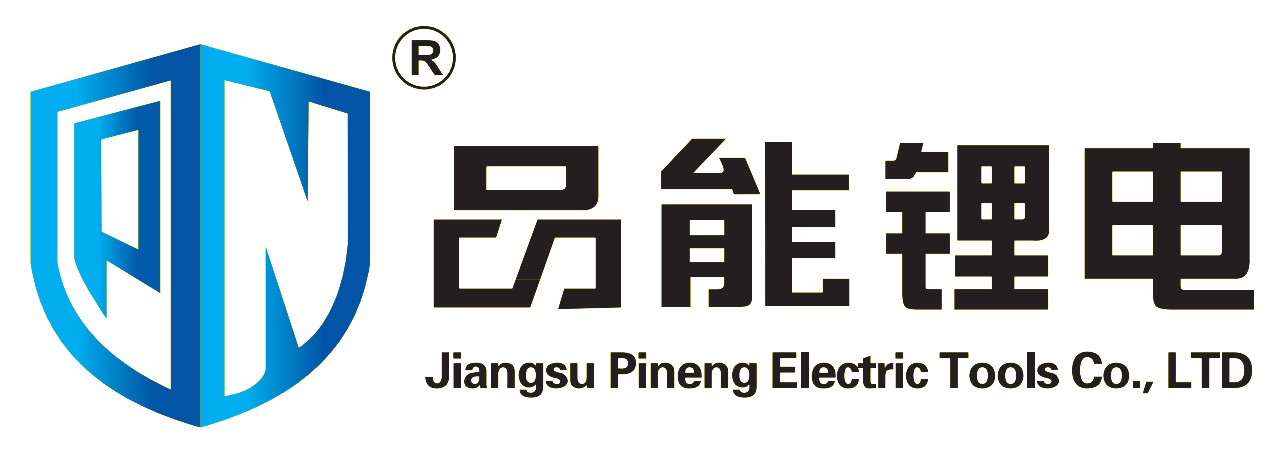Essential Guide to Selecting Your Perfect Chainsaw Bar
Understanding chainsaw bar length is crucial for both safety and efficiency when tackling any cutting project. The bar length directly impacts your chainsaw's performance, maneuverability, and cutting capacity. Whether you're a professional logger or a weekend warrior handling yard work, selecting the appropriate bar length can mean the difference between a smooth operation and unnecessary struggle.
A chainsaw's bar length determines the maximum diameter of wood you can cut in a single pass. However, many factors come into play when choosing the ideal length for your specific needs. This comprehensive guide will walk you through everything you need to know about selecting the perfect chainsaw bar length for your projects.

Understanding Chainsaw Bar Length Fundamentals
Measuring and Interpreting Bar Length
The chainsaw bar length refers to the distance from the tip of the bar to where it emerges from the chainsaw housing. This measurement represents the effective cutting length of your chainsaw. Most manufacturers offer bars ranging from 10 inches to 36 inches, with the most common sizes falling between 16 and 20 inches for general-purpose use.
When examining chainsaw bar length specifications, remember that the actual cutting length is slightly less than the stated bar length. This is because a small portion of the bar extends into the chainsaw's powerhead for secure mounting. For practical purposes, you can expect to cut logs up to approximately two inches less in diameter than your bar length.
Power-to-Length Ratio Considerations
The relationship between engine power and bar length is crucial for optimal performance. A longer bar requires more engine power to drive the chain effectively. As a general rule, electric chainsaws typically work best with shorter bars (14-16 inches), while gas-powered models can efficiently handle longer bars depending on their engine displacement.
For every increase in bar length, there should be a corresponding increase in engine power to maintain cutting efficiency. Using a bar that's too long for your chainsaw's engine can result in poor performance, increased wear, and potential safety risks.
Matching Bar Length to Common Tasks
Residential Property Maintenance
For typical homeowner tasks like pruning, trimming branches, and cutting firewood, a chainsaw bar length between 14 and 18 inches usually provides the perfect balance of capability and maneuverability. This range allows you to handle most residential cutting jobs while maintaining good control and reducing fatigue during operation.
When dealing with smaller trees and branches around your property, a shorter bar length offers better precision and easier handling. It's also lighter and less tiring to use for extended periods, making it ideal for regular yard maintenance tasks.
Professional Forestry Applications
Professional arborists and forestry workers often require longer bar lengths to handle larger trees and more demanding cutting tasks. Bar lengths of 20 to 36 inches are common in professional settings, allowing for efficient felling and bucking of substantial trees.
The specific requirements depend on the typical tree diameter in your working area and the nature of the cutting tasks. Professional-grade chainsaws with higher power outputs can effectively drive these longer bars through hardwoods and larger diameter trees.
Safety and Performance Factors
Optimal Control and Balance
The chainsaw bar length significantly affects the tool's balance and your ability to maintain control during operation. Longer bars shift the center of gravity forward, requiring more strength and skill to manage safely. This is particularly important when making precise cuts or working in tight spaces.
For beginners, starting with a shorter bar length allows for better control and helps develop proper cutting techniques. As experience and skill level increase, you can gradually move to longer bars if your cutting needs require it.
Kickback Risk Management
Chainsaw bar length directly influences kickback risk - the dangerous upward motion that can occur when the bar's nose contacts an object or when the chain pinches. Longer bars generally have a higher risk of kickback due to increased leverage and the larger nose area that can contact materials.
Shorter bars typically offer reduced kickback risk and are easier to control in the event of a kickback occurrence. This makes them a safer choice for less experienced users or when working in confined spaces.
Maintenance and Longevity Considerations
Bar Care and Chain Tension
Proper maintenance becomes increasingly important with longer chainsaw bars. Longer bars require more frequent chain tension adjustments as they're more prone to stretching and loosening during use. Regular cleaning of the bar groove and oiling port is essential to prevent premature wear and ensure smooth operation.
The bar's length also affects chain lubrication requirements. Longer bars need more oil to maintain proper lubrication along their entire length, which means more frequent oil checks and potentially higher oil consumption during operation.
Replacement and Cost Factors
Longer chainsaw bars and their corresponding chains are generally more expensive to replace than shorter ones. They also tend to wear faster due to the increased friction and stress placed on the components. Consider these ongoing maintenance costs when selecting your bar length.
Investment in quality bar and chain combinations appropriate for your chainsaw's power output will result in better performance and longer service life, ultimately providing better value for your investment.
Frequently Asked Questions
Can I put a longer bar on my existing chainsaw?
While it's physically possible to mount a longer bar on many chainsaws, it's not always advisable. Your chainsaw's engine must have sufficient power to drive the longer bar and chain effectively. Additionally, the oil pump must be capable of delivering adequate lubrication to the longer bar. Always consult your manufacturer's specifications for recommended bar lengths.
What bar length is best for cutting firewood?
For typical firewood cutting, a bar length between 16 and 20 inches is ideal. This range provides enough cutting capacity for most firewood logs while maintaining good maneuverability. The exact length should be based on the average diameter of the logs you'll be cutting and your comfort level with handling the saw.
How often should I replace my chainsaw bar?
The lifespan of a chainsaw bar depends on usage frequency, maintenance practices, and cutting conditions. Generally, with proper maintenance, a bar should last through 2-3 chain replacements. Signs that indicate the need for bar replacement include visible wear on the rails, chain wobble, or difficulty maintaining proper chain tension.


